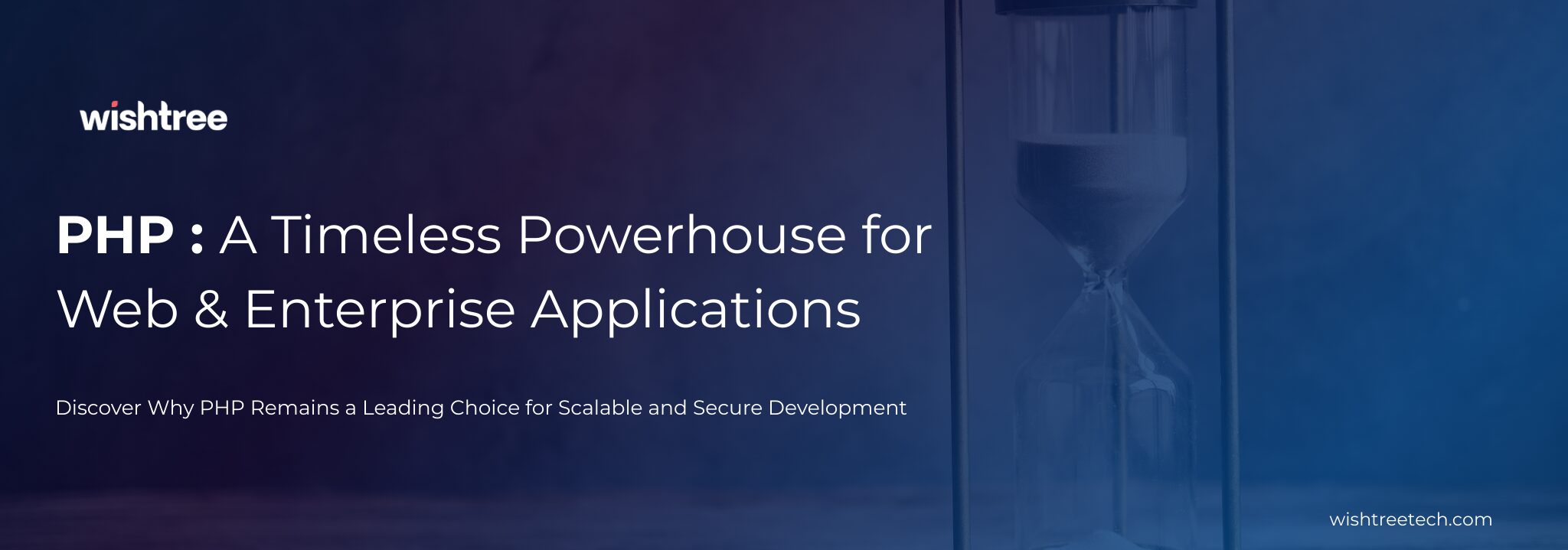Table of Contents
Introduction
These are the two major players that have become prominent in the field of API design. Each has its own specific way of handling online data exchange. Businesses that are looking to understand which framework is the best for their respective applications, must first get the advantages and disadvantages of both. Today, we will discuss the subtle differences between the two. We will compare their efficiency and flexibility. We will also look at GraphQL and REST used in real-world scenarios.
Efficiency in Data Fetching
A key way to judge how well an API works is how efficiently it gets data. Efficient data communication in distributed systems relies heavily on how APIs fetch and deliver data to various parts of an application, especially in cloud-native environments. GraphQL shines in this area because it lets you ask for exactly the data you need in just one request. This eliminates the common problems of getting too much data (over-fetching) or not enough (under-fetching) that often happen with REST APIs. The outcome is a noticeable improvement in how fast applications run and their overall efficiency.
Flexibility in Data Retrieval
When it comes to getting data, being flexible is really important, especially since business needs are changing so quickly these days. GraphQL excels here, offering unmatched adaptability. Due to its internal flexibility, designers are able to shift to accommodating new data requirements quickly without undergoing fundamental changes in the structure of the API. Such agility is a significant advantage, particularly where businesses are extremely fast-paced, as data demands keep changing constantly. On the other hand, REST APIs might require significant changes to handle new data needs, which could mean more development work. This level of flexibility in API design aligns well with modern microservices architectures that demand modular and adaptable communication between services.
Reduced Network Requests
How well an API performs is often judged by how it affects network traffic. GraphQL stands out by combining several data requests into just one query. Firstly, it cuts down on the number of network calls. Next, it helps improve speed and reduce delays. The ability to reduce the number of network calls plays a key role in boosting performance for serverless and event-driven architectures. GraphQL is a very attractive option in a time where responsiveness and quickness are important. Thus, it is valuable to applications that need to use network resources as efficiently as possible.
Real-Time Data with Subscriptions
GraphQL supports real-time data updates using subscriptions. This is one of its special strengths. Here, clients can get updates to data changes instantly, and this isn’t something that comes easy to traditional REST APIs. Real-time data is very important for modern applications, especially those with features where people need to work together or interact, and therefore need live updates. GraphQL is a strong choice for such applications because it can smoothly handle these real-time data subscriptions. Features like subscriptions support real-time updates for distributed teams, ensuring everyone stays in sync despite working remotely.
GraphQL – Pros
- Precision in Data Retrieval: GraphQL lets developers specify the exact shape and structure of the response data. Thus, it gets rid of the common issues of over-fetching or under-fetching.
- Efficient Multiple Resource Requests: The ability to request different pieces of data in a single query significantly reduces the number of HTTP requests required to fetch data compared to REST.
- Self-Documenting APIs: GraphQL APIs are inherently self-documenting. Clients can explore the API’s schema to understand available types, queries, and mutations of data. This contributes to its utilization.
GraphQL – Cons
- Complex Implementation: It is challenging to implement and learn GraphQL. This is especially the case for simpler APIs or with less experienced developers.
- Caching Complexity: GraphQL caching strategies are usually more complicated because of the flexibility already present in the queries.
REST – Pros
- Simplicity: REST’s simplicity in both understanding and implementation makes it one of the best choices for small to medium-sized projects.
- Statelessness: RESTful APIs are stateless. They actually simplify the client-server communication process.
- Established Caching Mechanisms: REST boasts well-established caching mechanisms, And these contribute to improved performance.
REST – Cons
- Fixed Data Structures: REST APIs often return fixed data structures. This can result in over-fetching or under-fetching of information.
- Versioning Issues: Managing backward compatibility and versioning in REST can be tricky. API changes might necessitate adding new endpoints or version numbers.
Choosing Between GraphQL and REST
It’s important to evaluate your use case to determine the best architecture that fits long-term business and technical goals. Whether to choose GraphQL or REST depends on what a specific project needs. GraphQL is an excellent option when internet bandwidth is limited and there’s a goal to reduce the number of requests and responses. It’s also great when you need to combine data from various sources into one place, and when different clients will ask for very different sets of data. On the other hand, REST is still a strong choice for smaller applications with simpler data, where clients generally use the data and operations in the same way, and when complex data searching isn’t necessary.
Conclusion
In the current debate regarding GraphQL and REST, there is no one correct answer. The optimal decision is based on the particular needs of every project. If a project needs to be flexible, efficient, and able to receive various types of data, GraphQL tends to win. Nevertheless, REST remains a reliable choice for projects that focus on simplicity, compatibility with established systems, and simplicity of use. Selecting the correct method to API design is being thoroughly aware of these frameworks so that companies can make informed decisions that suit their specific requirements.
Example of request/response structure of GraphQL
REQUEST –
query {
article(id: "123") {
title
content
author {
name
email
bio
}
comments {
text
author {
name
role
}
}
}
}
RESPONSE –
{
"data": {
"article": {
"title": "Optimizing Database Queries for High Performance",
"content": "In the realm of database optimization...",
"author": {
"name": "Jane Doe",
"email": "jane.doe@example.com",
"bio": "Database expert with a passion for performance tuning."
},
"comments": [
{
"text": "Fantastic insights!",
"author": {
"name": "Bob",
"role": "Software Engineer"
}
},
{
"text": "Could you provide more examples?",
"author": {
"name": "Alice",
"role": "Database Administrator"
}
}
]
}
}
}
Example of request/response structure of REST
REQUEST –
GET /articles/123
RESPONSE –
{
"id": "567",
"title": "Optimizing Database Queries for High Performance",
"content": "In the realm of database optimization...",
"author": {
"id": "789",
"name": "Jane Doe",
"email": "jane.doe@example.com",
"bio": "Database expert with a passion for performance tuning."
},
"comments": [
{
"id": "101",
"text": "Fantastic insights!",
"author": {
"id": "102",
"name": "Bob",
"role": "Software Engineer"
}
},
{
"id": "103",
"text": "Could you provide more examples?",
"author": {
"id": "104",
"name": "Alice",
"role": "Database Administrator"
}
}
]
}
Wishtree a product engineering services company with an unmatched reputation, Wishtree Technologies provides solutions to an array of clients, including Fortune 500 companies, Thoma Bravo, Vista Equity Partners, UN Agencies (WHO, UNDP, World Bank) Nonprofits, and Startups.
Partner with us and choose Wishtree’s digital product engineering services to.
Wishtree a product engineering services company with an unmatched reputation, Wishtree Technologies provides solutions to an array of clients, including Fortune 500 companies, Thoma Bravo, Vista Equity Partners, UN Agencies (WHO, UNDP, World Bank) Nonprofits, and Startups.
Contact us and choose Wishtree’s digital product engineering services.
Assess your project’s unique requirements: Our experts will examine your needs to determine the best API architecture for your project.
Use GraphQL for maximum flexibility and performance: If your project requires adaptability and complicated data retrieval, GraphQL could be the best solution.
Use REST for simplicity and compatibility: For projects that need ease of use and integration with legacy systems, REST could be an option.





